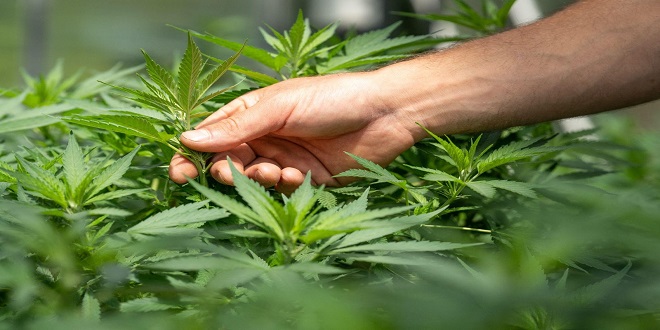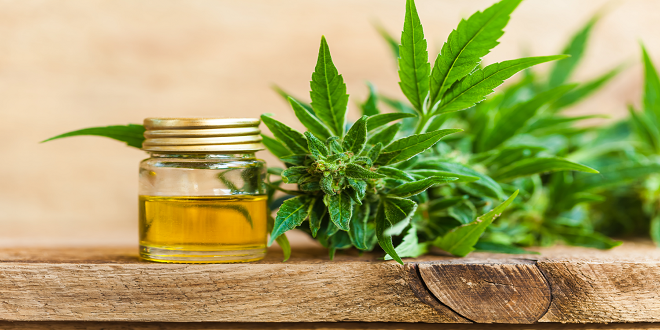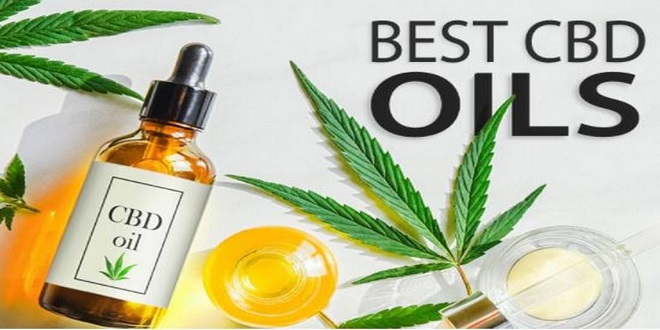What Are Essential Oils?

What’s in an Oil?
A single essential oil can contain as many as 100 chemical components, which work together to give the oil its unique properties and aroma. Each The History of Essential Oils component plays a role, but some are more dominant and determine how an oil will act on the body and mind
The chemistry of oils Oils are made up of major, minor, and trace components. Menthol is an example of a major component, making up around 40 percent of peppermint oil. These major components work with the more numerous minor and trace components and all contribute to an oil’s aroma and therapeutic value.
Breaking oils down Each oil’s component parts split into two further categories: oxygenated compounds and terpenes. Oxygenated compounds tend to be stronger smelling and longer lasting than terpenes. They include alcohols, which are antibacterial and found in oils such as ginger and juniper; esters, which can be antiseptic, found in oils such as basil and clove; and ketones, which regenerate cells, found in oils such as rose, camphor, and vetiver. Terpenes, found in oils such as myrrh, have a range of properties, but spoil quickly when exposed to air.
Improve concentration and focus Some oils clear and refresh. For example, inhaling rosemary oil has been shown to improve memory by up to 75 percent. The oil contains the compound eucalyptol, which acts in a similar way to dementia drugs by increasing a neurotransmitter called acetylcholine that helps regulate brain activity.
Balance energy Many oils can relax or stimulate as needed and are called adaptogens. These balance body systems in a process called homeostasis, calming or stimulating. Adaptogens help the body process stress by recharging the adrenal glands, which can be overstimulated or exhausted from stress. Lavender, rose, and geranium are examples of adaptogens.
Essential oils promote wellness by enhancing and strengthening our immune response to disease. Some essential oils actually stimulate the The components in a single oil work together to greater effect. production of disease-fighting white blood cells, such as phagocytes, T-cells, and B-cells, which are vital to the body’s defenses and immunity.
In particular, eucalyptus and niaouli essential oils have been shown to encourage the process known as phagocytosis, where larger white blood cells called phagocytes engulf and then destroy, or deactivate, bacteria and viruses
Promote spiritual pursuit Essentials oils have been used for millennia to support prayer. Historically, oils such as frankincense, myrrh, cinnamon, cedarwood, and rose have been used in religious ceremonies. A well-chosen fragrance can calm breathing, settle and focus the mind, and create a sense of intent.
last word
Enhance mindful practices Aromas that calm the mind or help to lift the spirits, found in oils such as lavender, elemi, and bergamot, can be used to enhance focus during practices such as meditation, yoga, and breathing techniques.
Energy and chi In some traditional practices, essential oils are used to clear blockages in the chakras, believed to be the energy centers in the body that relate to specific glands and organs. Chakras are said to be connected by meridians, which are described as channels through which vital energy, or chi, flows.





